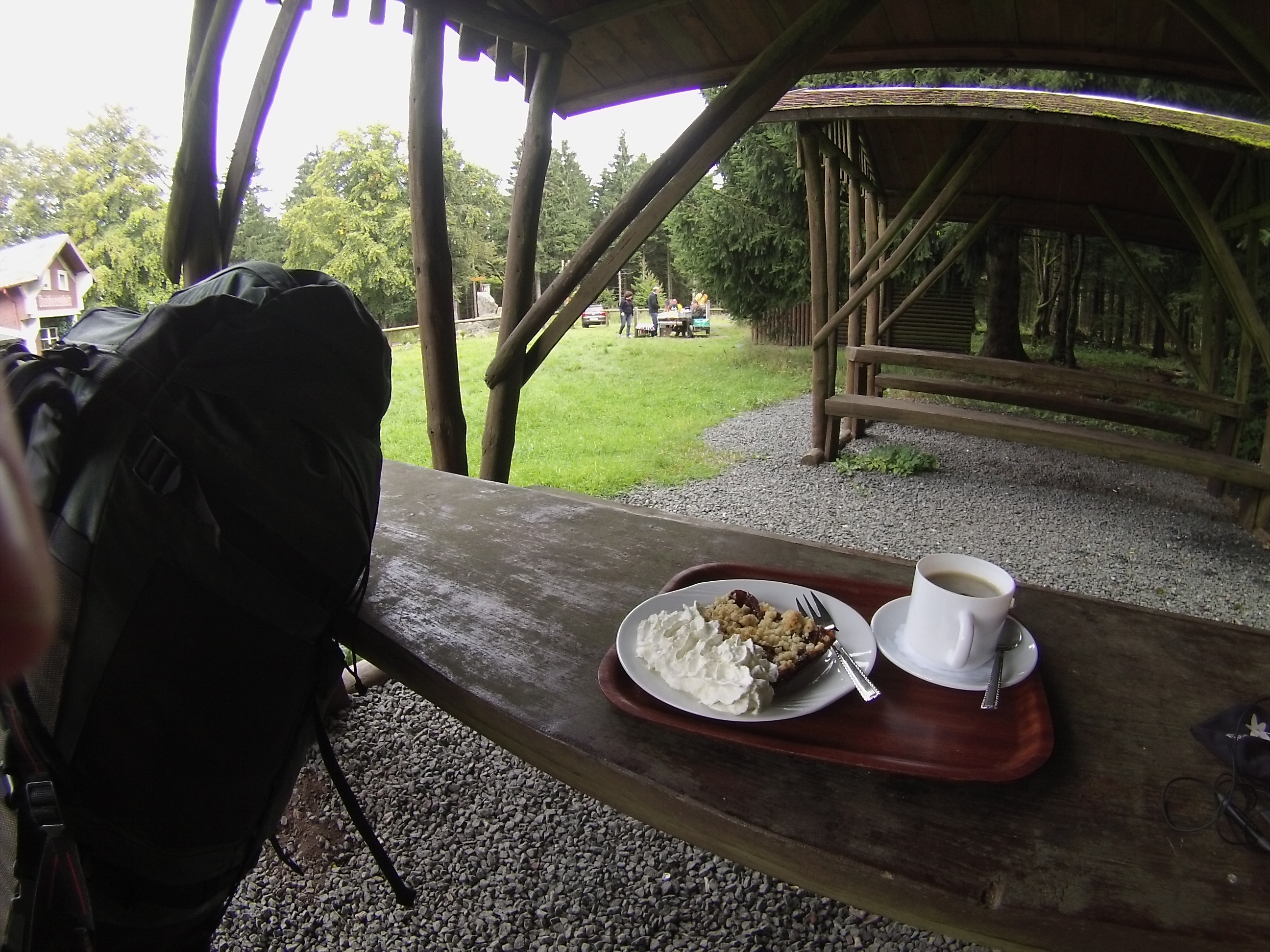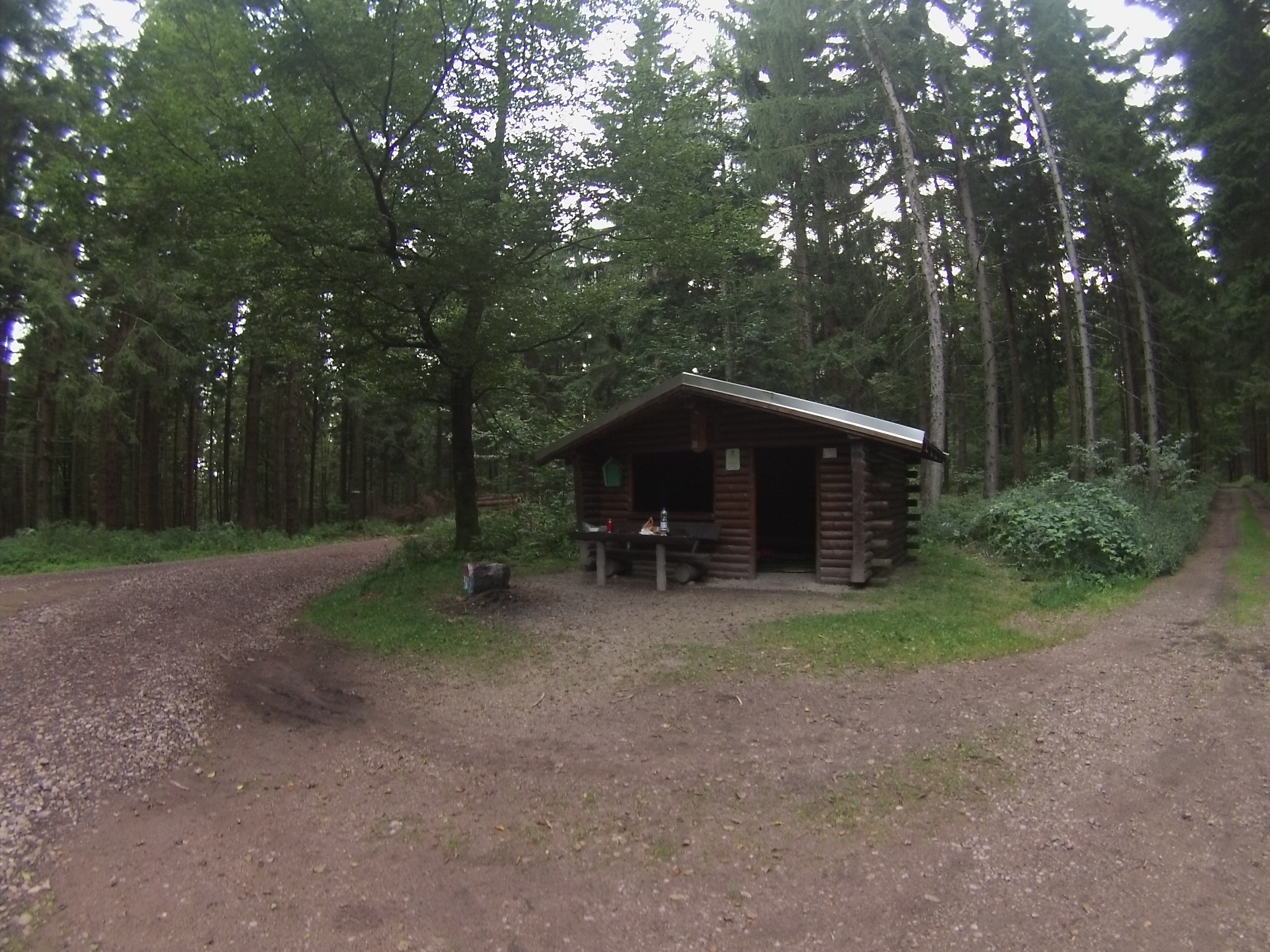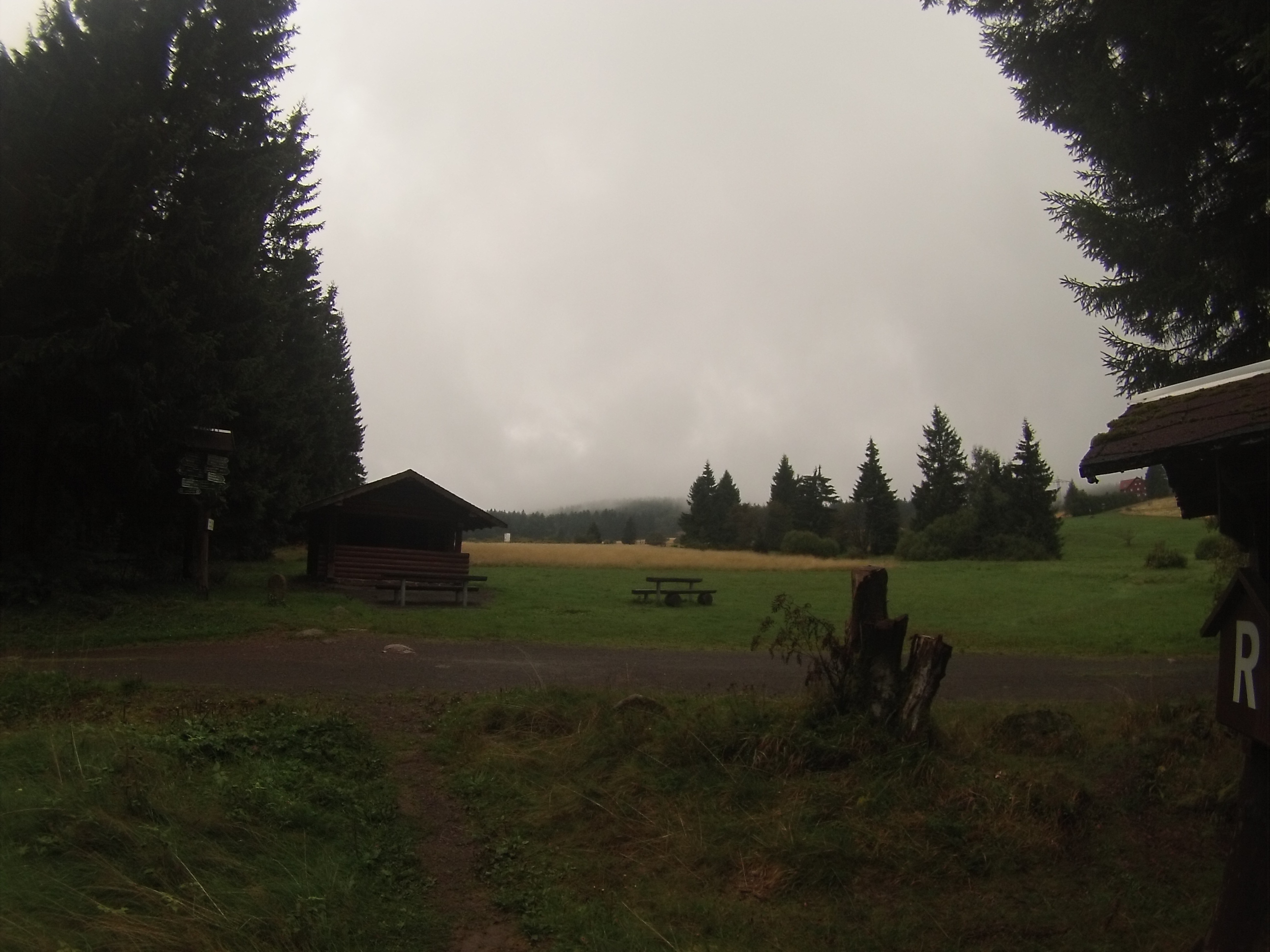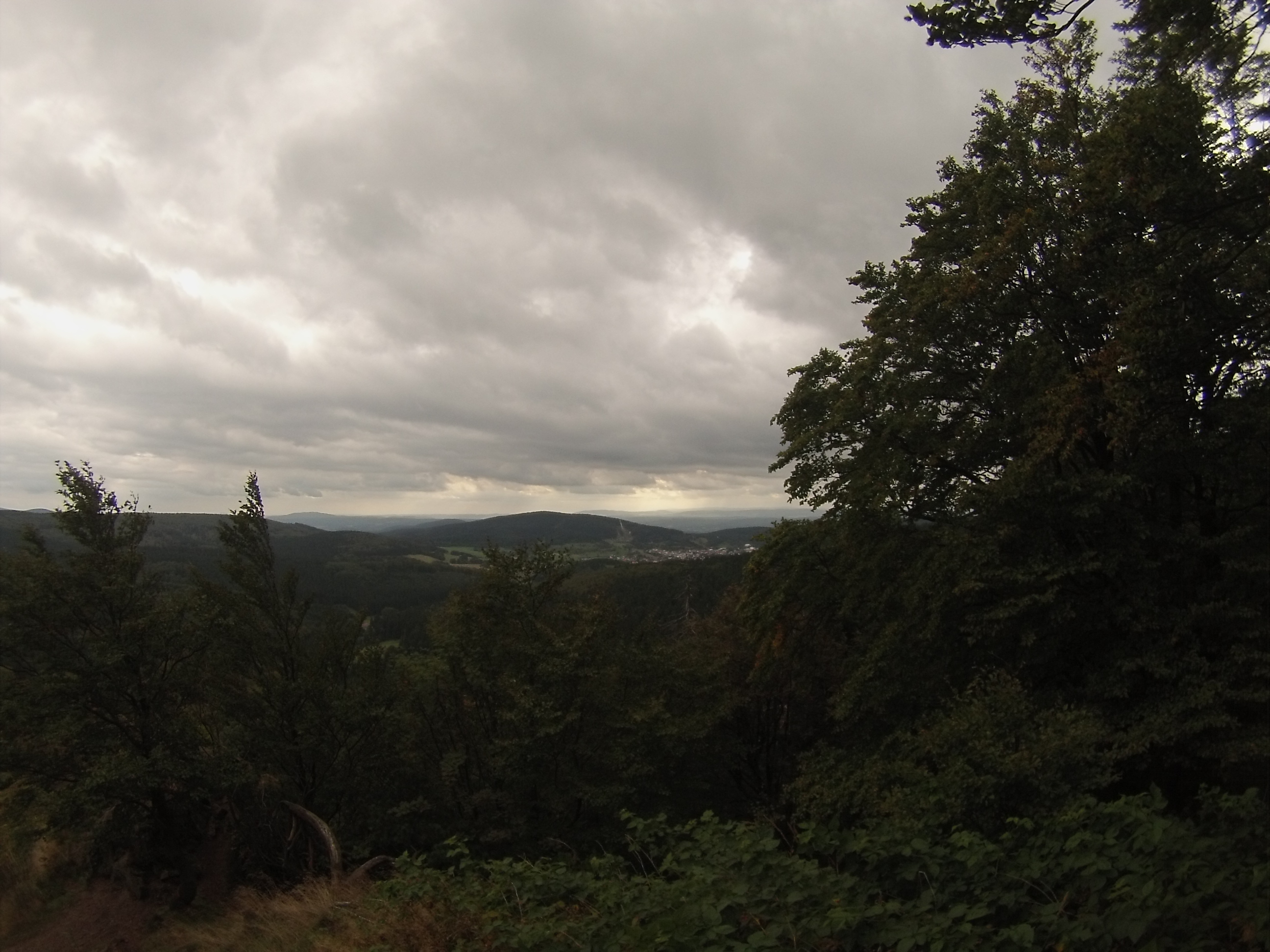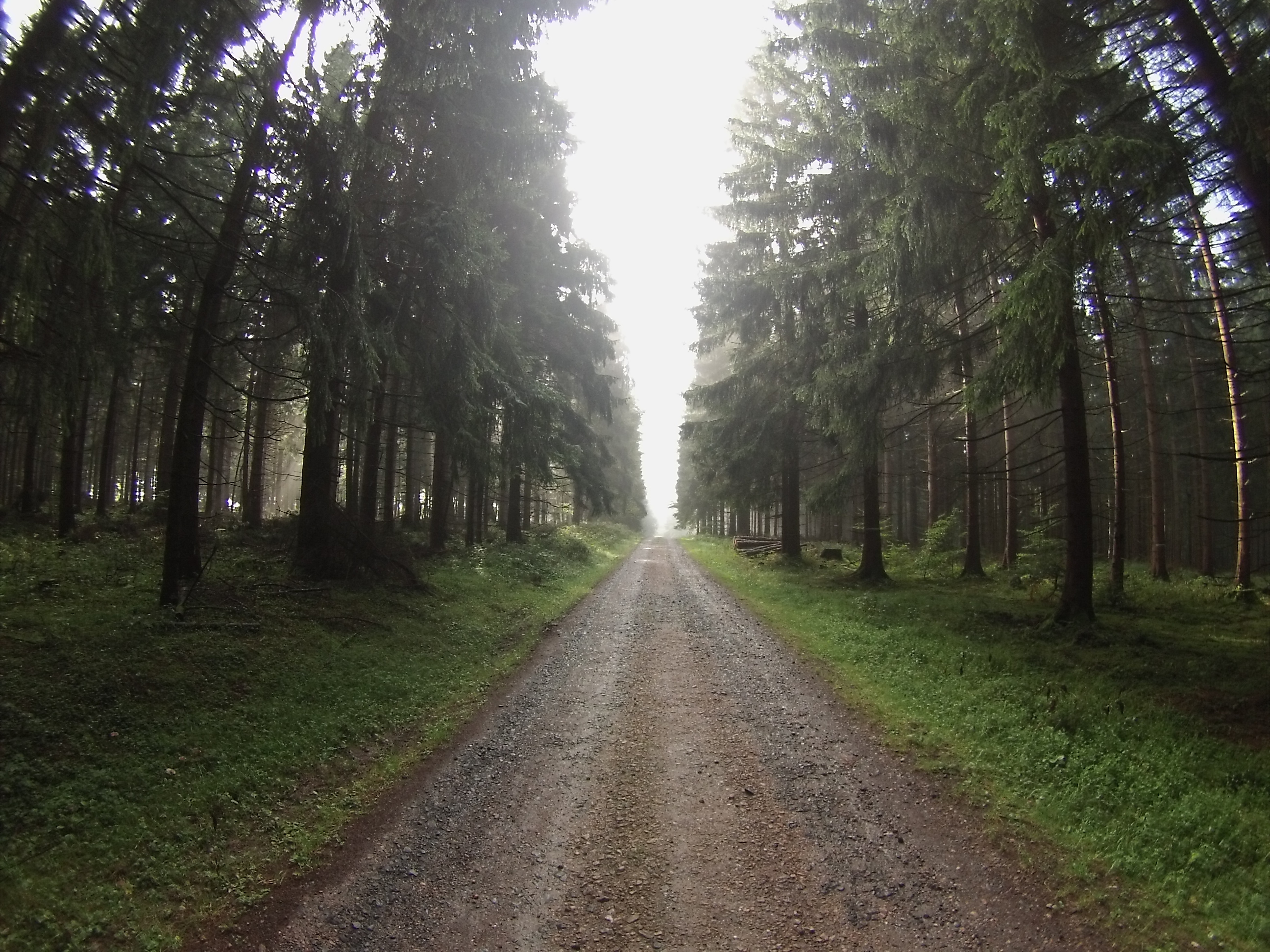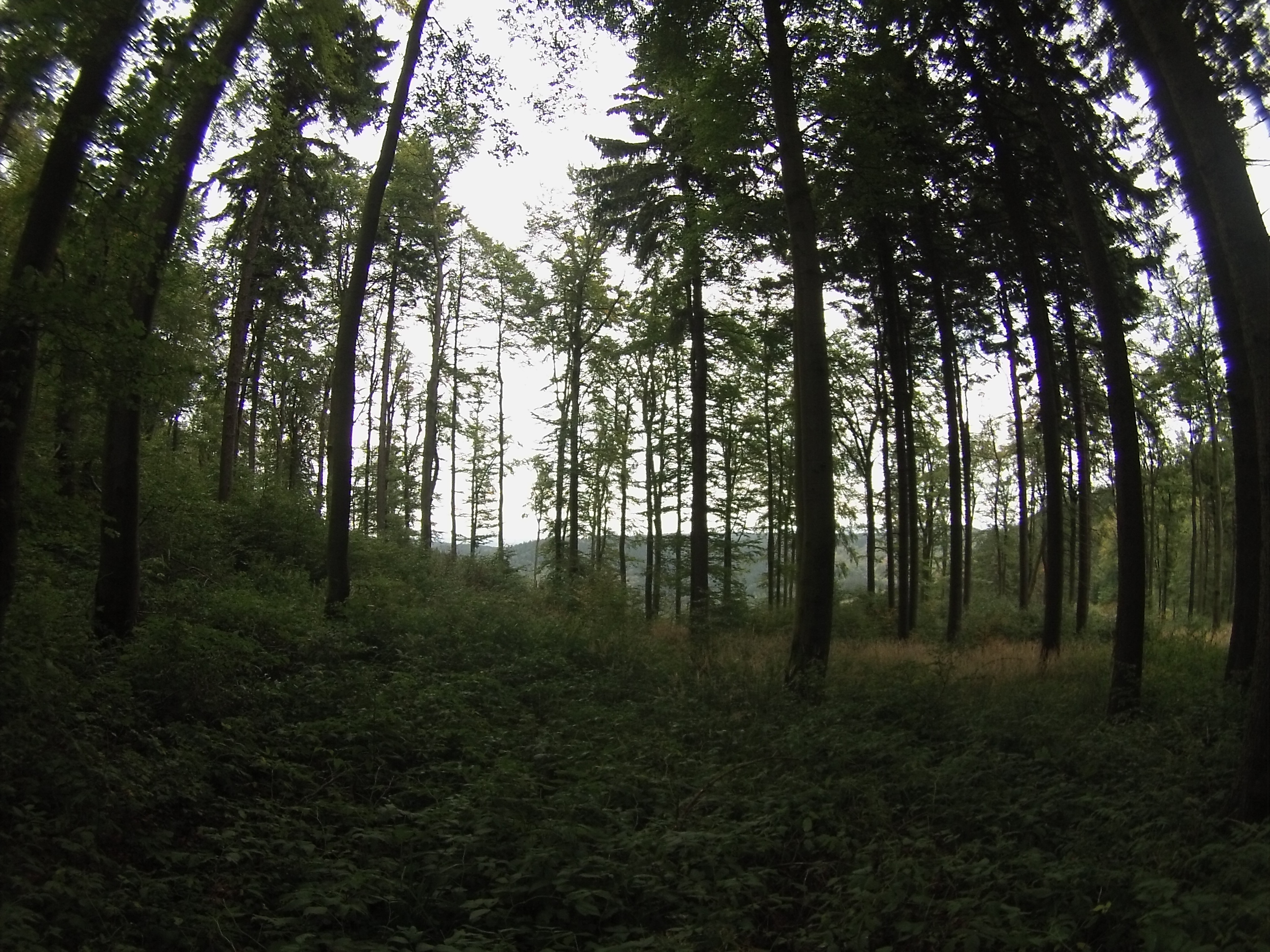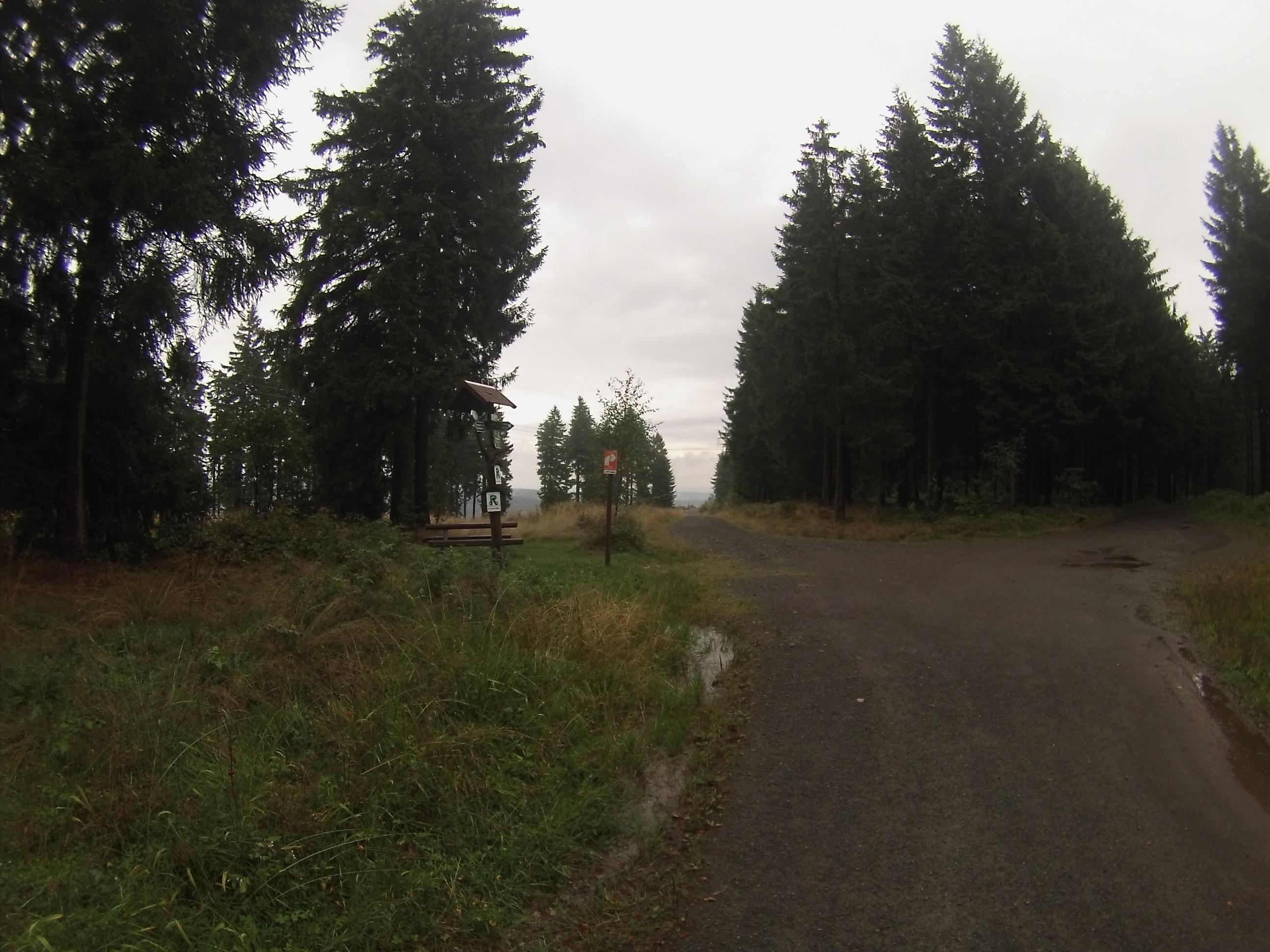
After leaving Berlin, I went back to Jena and spent a couple of days at Eva and Falk's place, catching up on sleep and doing a bit of museum-visiting. Germany is chockers with museums and, while some are a little heavy on detail, they are usually very good.
The Jena town museum (Stadtmuseum Jena) has a good summary of the town's history, which includes a tavern, the Grüne Tanne, where the German flag was first proposed. This was back in the middle of the 19th century when what is now Germany was divided into lots of small kingdoms and dukedoms and duchies, along with independent trading cities like Hannover and Hamburg – in short, not a country at all, and not a country where ordinary people were meant to give their opinion about the state of things so, calling for a unified Germany and suggesting a flag was a fairly radical and risky thing to do. There was also a very thoughtful exhibition exploring what the German colours meant to people as, given the history of the 20th century, there is a very complicated relationship to the flag, to say the least!
I also went with Eva to Weimar, the next town west of Jena, where there was is currently a series of exhibitions and performances on the theme of Weimar in the 1920s. The best was at the New museum (Neues Museum), which isn't new anymore, called Krieg des Geister (Battle of the Ideologies). Amongst other things, Weimar is strongly associated with Goethe and Schiller, heroes of the German cultural renaissance, as well as other luminaries and was a centre of German cultural activity in the 1800s and the cultural tendencies represented there gave a good insight into subsequent European events.
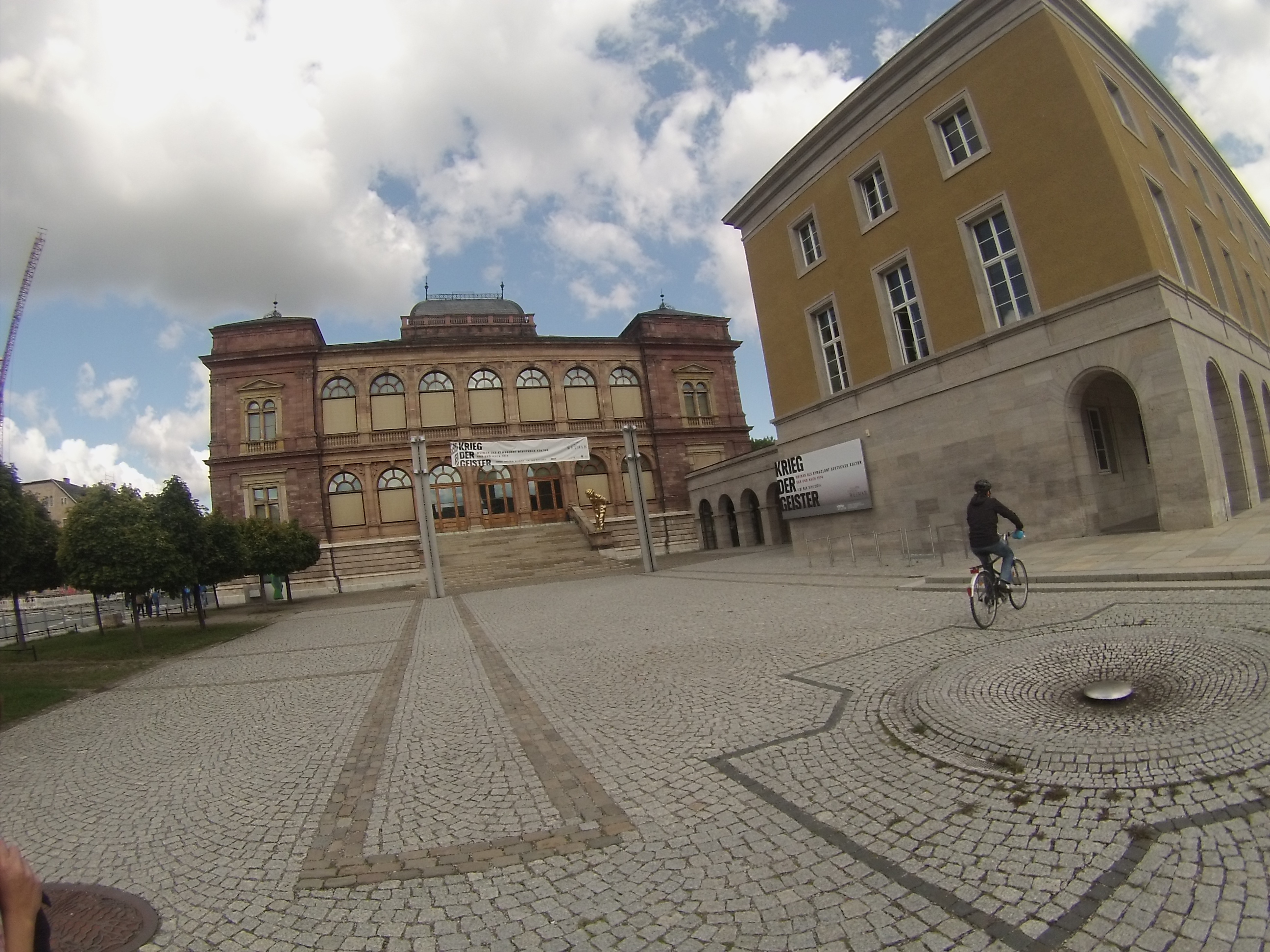
After the defeat of the German empire in WWI and the toppling of the monarchy, Weimar, as symbol of German culture – and safely away from turmoil in Berlin and Communist insurrection in Bavaria – became Germany's temporary capital, where the new Constitution was drafted and the first democratic parliament met. It gave its name to the ill-fated Weimar Republic, the short-lived democratic state that was dismantled by the National Socialists. Also in the 1920s, it was the birthplace of Bauhaus design, so it's had lots of stuff going on!
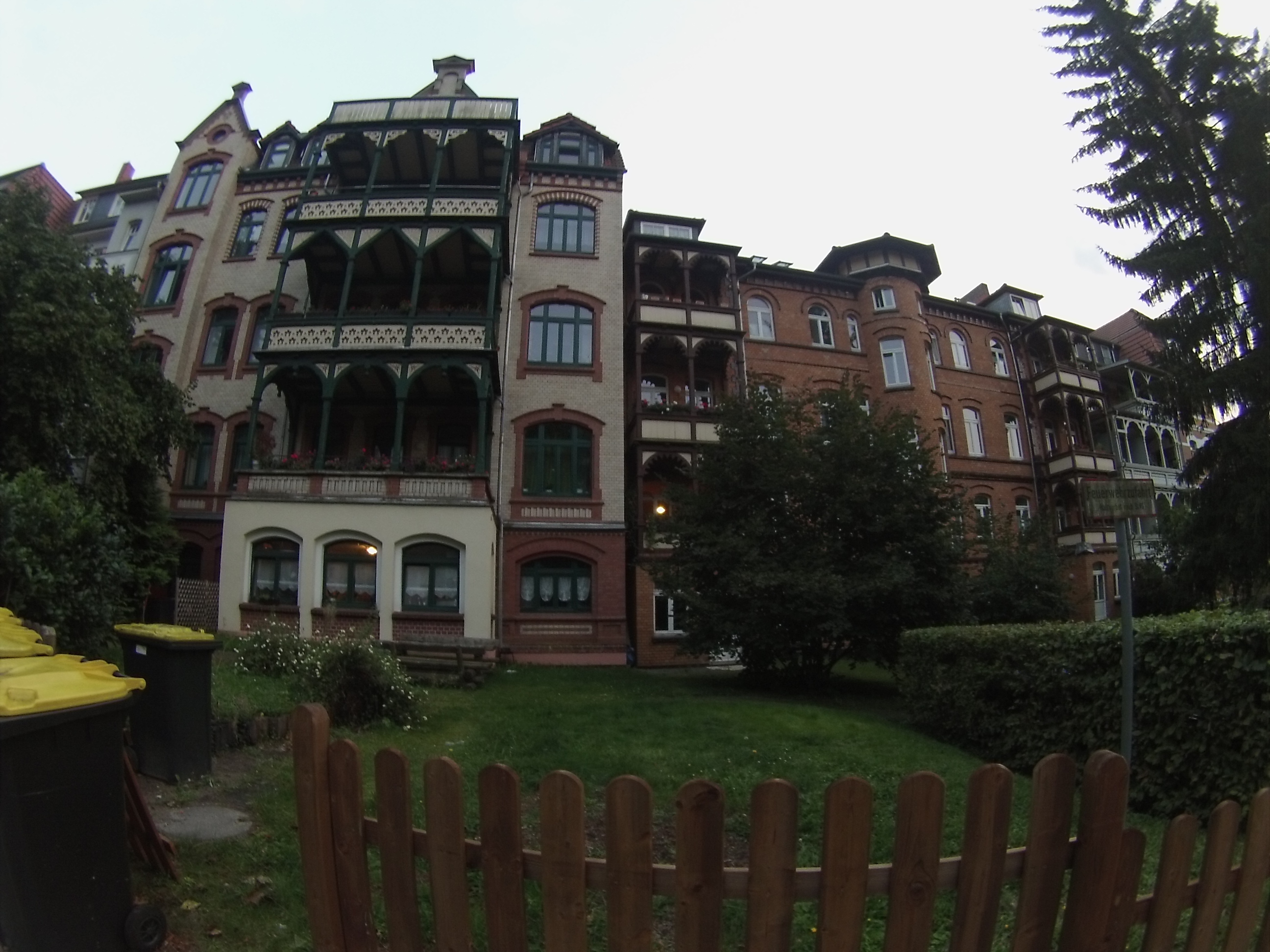
After the short stay in Jena I headed off further west, to Eisenach, stayed in a Pension (more or less a B&B with a particular steady German style) for the night, then headed up to the (Wartburg)[http://en.wikipedia.org/wiki/Wartburg], another icon of German culture. Originally built in the 1100s as a show-off palace (although built largely in the style of a castle, it was actually not intended as a fortress in need of defence), it was the home of Saint Elizabeth, an aristocrat turned rogue who earned the strong dislike of her peers by helping the poor and, amongst her many charitable endeavours, establishing the first hospital north of the Alps. When her husband died on the way to the Crusades the family took the opportunity of turfing her out (at least this was what the guides told us, but this (Wikipedia article)[http://en.wikipedia.org/wiki/Elizabeth_of_Hungary] says differently!) and she hit the road, continuing to help the poor and generally be saintly. Possibly because of the extreme asceticism of her lifestyle she fell ill and was dead before 25.
The Wartburg is even more famous for its association with Martin Luther, who was given refuge there after having been excommunicated from the Church and then stripped of his citizenship rights by the Emperor. In the early-mid 1500s he spent 10 months there in hiding and, among a number of feats of scholarship, translated the New Testament into German, coincidentally more or less inventing a standard written German and thereby also a more or less standard spoken form.
Not content with inventing hospitals, a new church and a standard language, Wartburg also played an important role in the movement for a unified Germany. Some worthy aristocrat or other took it over in the early 1800s, in a pretty dilapidated state, and spent a fair bit of money restoring it to its original state. It thereby came to represent a vision of original Germanness and was seen by nationalists as a bit of an icon, reinforced by the holding of the Wartburg festival there in 1817. This was a meeting of students and other radicals who displayed the red, gold and black flag that had been developed at the Grüne Tanne and called for a united Germany.
And lastly, the Wartburg was one of the two inspirations for the slightly mad Ludwig of Bavaria who built Neu Schwanstein, the typically Disney castle, so it has certainly pulled its weight historically!
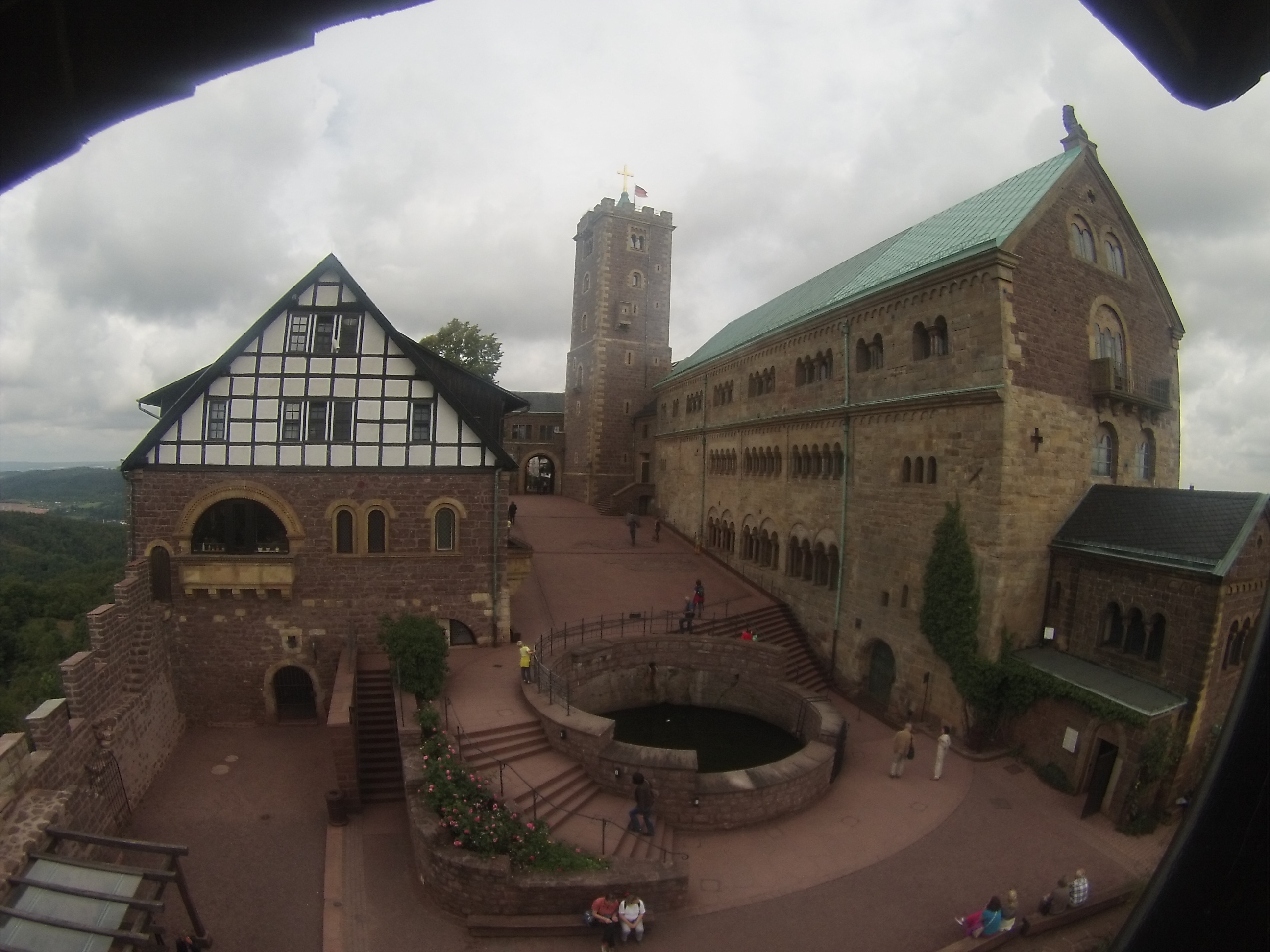
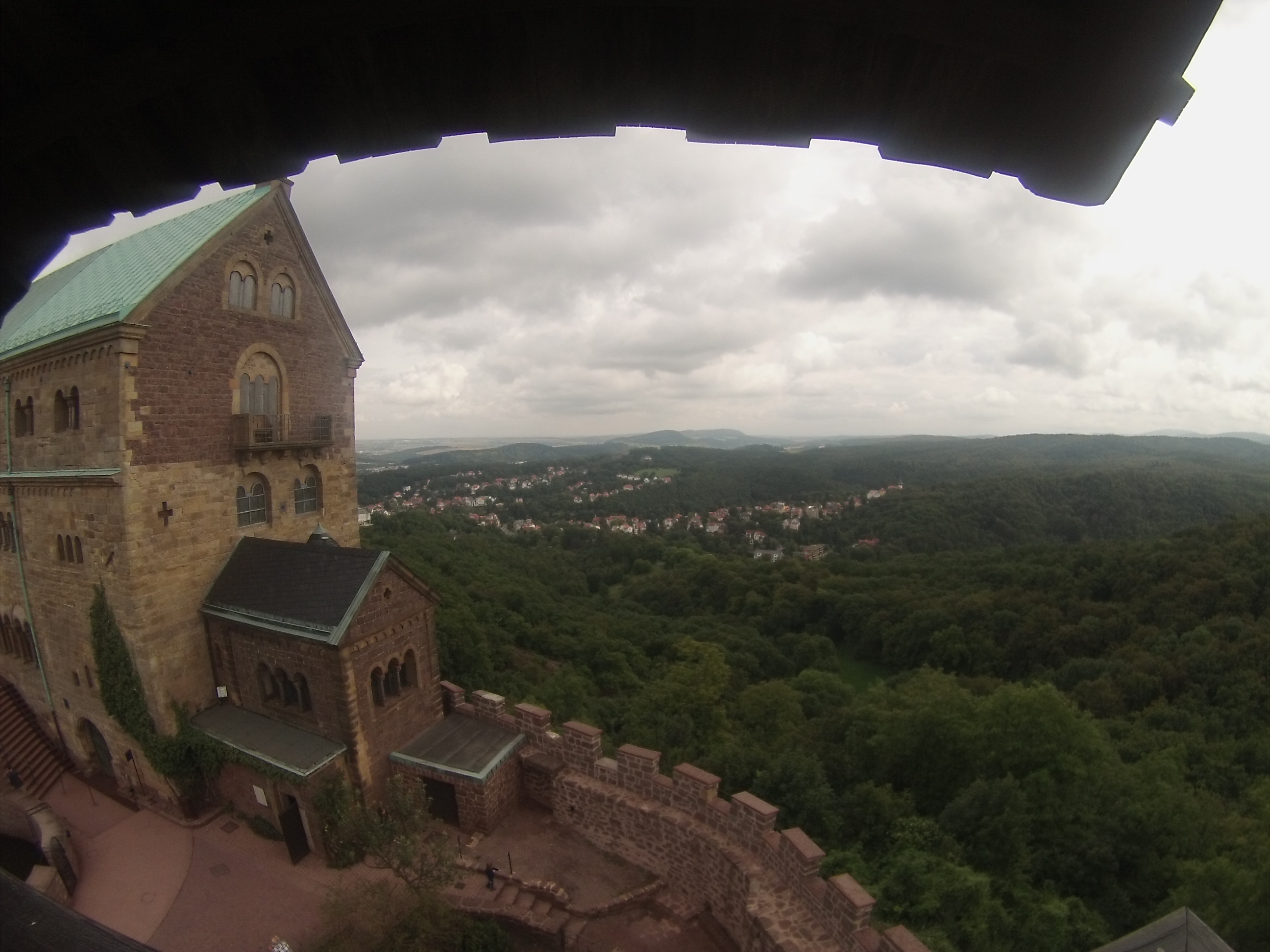
From the Wartburg I continued up the hill to join the (Rennsteig)[http://en.wikipedia.org/wiki/Rennsteig], another German icon, an old walking route through the Thüringer Wald (Thuringen forest). I spent the best part of four days here, tramping through lovely hilly country, following ridgelines that divide the rolling hills of Thüringen and the more rugged landscape of Franken and southern Germany. It forms a pretty effective geographical divide, so the cultural and linguistic traditions on each side of it are quite different, considering how close they are.
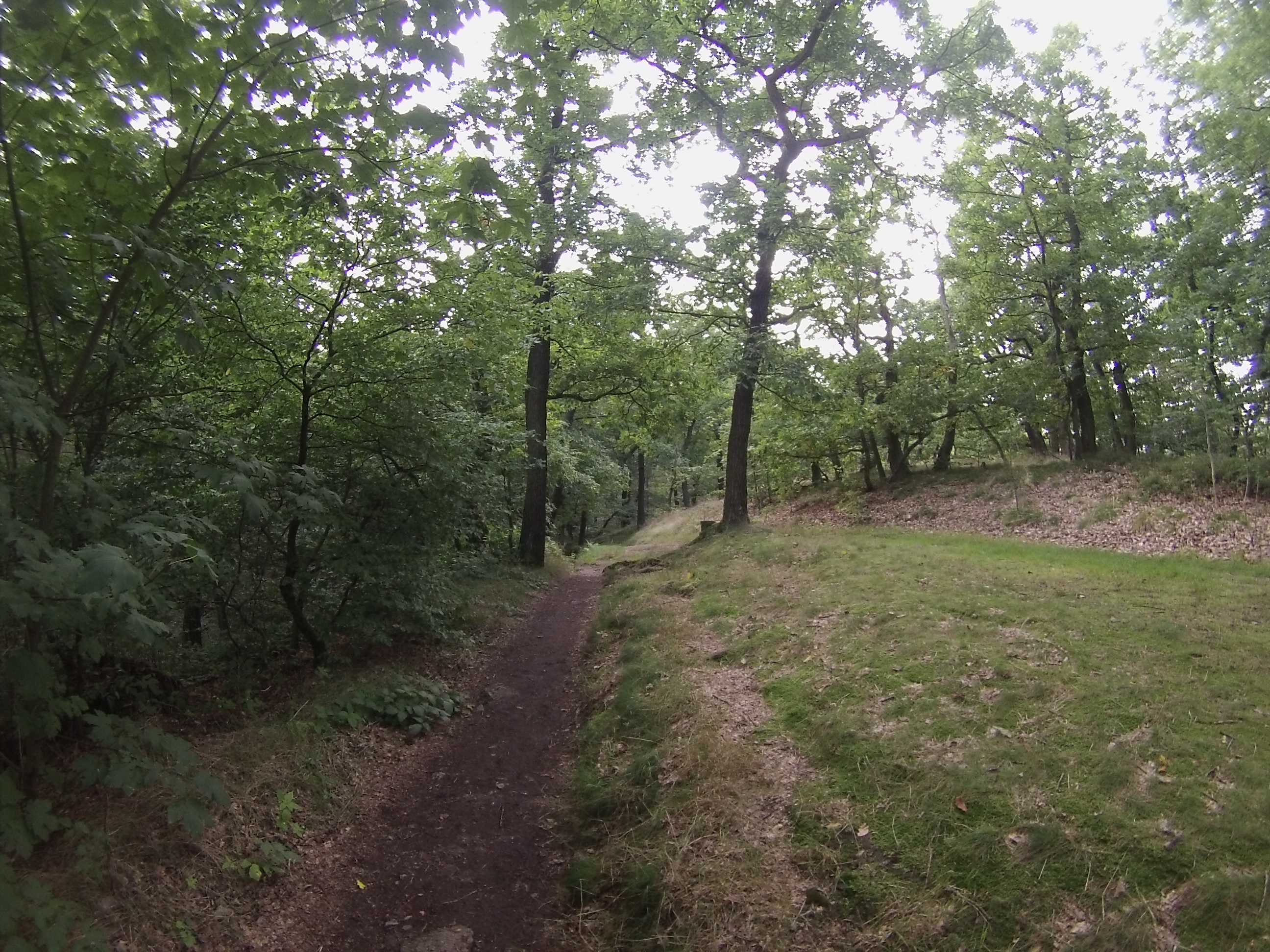
Walking the track (and many similar tracks in Europe) is a very different experience to bush-walking in Australia, to say the least! The Germans have a strong affinity for nature, in particular forests, so there are a lot of people out there walking, many of them doing the entire 170km track over a week or so. However, every few kms there's a guesthouse on the track or just off where you can sit down in comfort and have coffee and cake, traditional Thüringen meals like sausage, potato dumplings and red cabbage or a beer with a lovely view, so you're not doing it that tough. In addition, pretty much everyone stays in a guesthouse or Pension overnight – many even arrange to have their baggage transported between the lodgings, so all they carry is a daypack! Tenting is prohibited, sleeping out without a tent is possibly allowed (no-one could definitively tell me!) and staying in the many shelter huts or Schutzhütte isn't forbidden and some people, like me, stay in them, so you can kind of 'camp' along the way, but it's a far cry from what I'd usually call camping! But, despite the many hardships of luxury, it was a very pleasant way to spend a few days!
